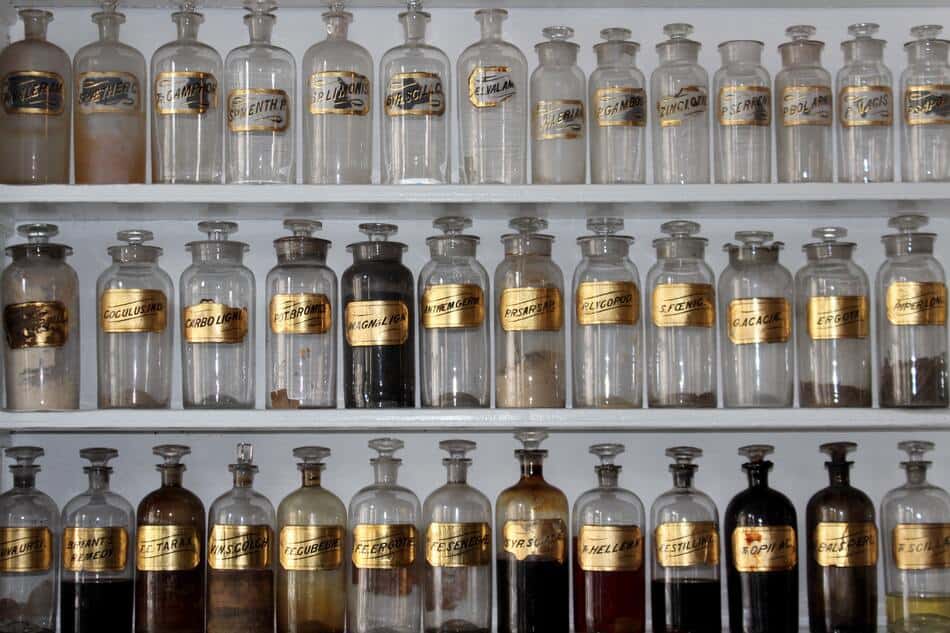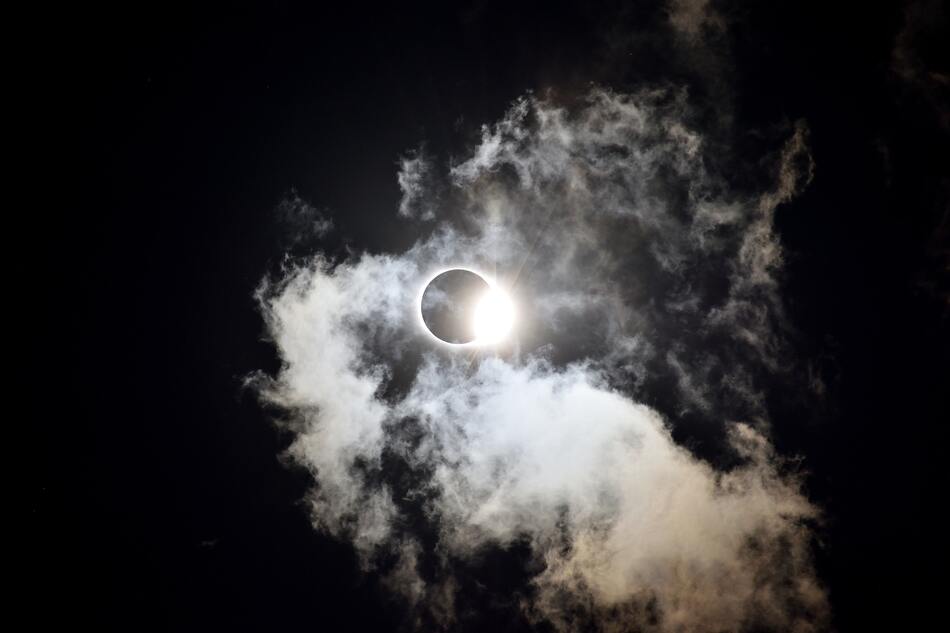
The following is the story of the origin of Rahu, known in Western Astrology as the North Node of the Moon. Keep reading. There are several lessons to be learned in this story.
The Origin of Rahu
The gods fought with the demons to get the Nectar of Immortality, the Amrita. Gone was the time when the gods had cooperated with the demons to churn the Ocean of Milk for nectar.
The gods and demons had churned the Ocean of Milk with the help of Vishnu, the Supreme God, in an ingenious way.
Vishnu appeared as the tortoise Kurma. They placed the towering Mount Mandara on his back. The Vasuki serpent acted as a rope that was coiled over Mount Mandara to churn up the ocean. Mount Mandara acted as a hub for the churning of the Ocean. In this way, the gods and the demons, with the help of Vishnu and Vasuki, churned the ocean for a thousand years.
Among the things that were produced by this churning was the Nectar of Immortality. When the Amrita emerged, the treachery of the demons also revealed itself. They fought against the gods and managed to obtain the Nectar for themselves. However, the demons could not agree on who should be the first to take it.
Observing all of this and seeing the concern of the gods, Lord Vishnu told them not to worry. He would confuse the demons and secure the Nectar of Immortality for them.

While the demons were fighting among each other over who should be the first to drink the Amrita, Lord Vishnu appeared to them in the form of an extremely beautiful woman named Mohini. Mohini was even more beautiful than the goddesses.
Upon seeing her, the demons were dazzled by her beauty. Their state of enchantment caused them to fall subject to whatever she asked of them. The demons gave Mohini the Nectar of Immortality. They even agreed to share it with the gods at her request. Thus, Mohini would be the one to distribute the Nectar. The demons even agreed to allow the gods to be the first to drink the Nectar of Immortality!
Distribution of the Amrita
There was a demon named Svarbhanu who was the attendant of Shukra or Venus.
Svarbhanu was very intelligent and he realized that there was a scheme at play. So Svarbhanu changed his form to that of a god and mixed among them. He sat between the Sun and the Moon to receive from Mohini the Amrita that she was dividing among the gods. Mohini (Lord Vishnu) had no intention of sharing the nectar with the demons because, if they were to achieve immortality, it would cause chaos in the Universe.

As Mohini brought the nectar closer to the Svarbhanu, a demon disguised as a god, the Sun and Moon perceived his deception and informed Mohini. Being prepared to encounter deviousness, Mohini (Lord Vishnu) used his weapon, the Sudarshan Chakra, cutting off Svarbhanu’s head. However, at that very moment, Svarbhanu had consumed a drop of the nectar of immortality.
Svarbhanu’s disembodied head became Rahu and Ketu emerged from his headless body.
Rahu is bottomless, a head without a stomach. There is nothing that can satiate his hunger. He eats constantly and without pleasure. In this case, he gorges himself by fulfilling desires and ambitions, but the result always is unsatisfactory. So, he searches for other things to devour.

Ketu longs to have a head, meaning that he wishes for enlightenment, because the head can be seen as divine wisdom. Ketu is the planet that isolates, that will always give people the feeling that something is missing in relation to the position it occupies in the natal chart.
Rahu and Ketu are enemies of the Sun and the Moon. They cause their eclipses.
The demon Svarbhanu was sitting in their midst when he was trying to drink Mohini’s Amrita. The Sun is the soul and the body in Vedic Astrology. The Moon represents the mind. So the influence of Rahu and Ketu in the birth chart or during transits on other planets or houses could cause confusion: the appearance of excessive desires and the manifestation of diseases or periods of suffering.

Rahu’s story is one of deception. Vishnu and the gods took revenge on the demons because of their treachery in stealing the Nectar.
Svarbhanu sought to deceive Vishnu and the gods. Upon being discovered, he receives a strong and unexpected response from Vishnu, who cuts off his head.
Influences of Rahu and Ketu
For this reason, the marked influence of Rahu in a transit could mean being the victim of an unpleasant surprise. The history of Rahu is resurrected in the lives of people in different ways. The time when Rahu afflicts other planets or houses in the natal chart during transits is a time of confusion and stress. Invariably all living beings on Earth suffer at some time from the afflictions of Rahu and Ketu.
In the end, the demon Svarbhanu achieved immortality, but at a very high price. Rahu brings ephemeral fame to people. They often enjoy financial wealth that tends to disappear quickly. A lottery player who wins large sums of money only to squander it all is an example of Rahu’s influence.
Politicians are ruled by Rahu. If this is understood, we realize that it is useless to expect transparency from politicians or that they lack manipulative agendas. The politician will always covet power and money, two aspects related to the ego, and their hunger in insatiable.
Rahu also represents the foreigner, the stranger who is out of place. The position of this planet in the ascendant could make you look like a different person to others.
Ketu in the natal chart shows the area in which we acquired knowledge in recent lives. For example, if it is in the 10th house, it indicates that in past lives the attention was at work, in external activities. At the same time, it indicates that in the present life a chosen profession will not meet expectations.
Rahu’s position in one of the houses of the natal chart shows the desire to explore the area of life indicated by that house. For example, Rahu’s position in the 1st house would indicate a desire for individuality. At the same time it indicates a confusion about who one is.
Is there anything positive associated with Rahu or Ketu?
Yes, but it is not always apparent at first glance.
The positions of Rahu and Ketu in the natal chart or in a transit can be challenging for various aspects of a person’s life. The ultimate goal of the problems generated by these planets is the evolution of the soul. Lessons learned from tackling these challenges can have very positive connotations.
Knowing where Rahu and Ketu are located in our natal chart and the influences marked in transit could make us more patient, more observant of the situations created by these planets to try to solve problems and avoid getting more entangled in the confusion that they generate.
Recent Content
A common form of forecasting in the modern world is that used by Meteorology. This science uses measurements, such as temperature, atmospheric pressure, humidity, and the behavior of the winds...
You might have seen a sample natal chart online or have had a professional astrologer create one for you and wondered. How am I supposed to understand this? In this...
